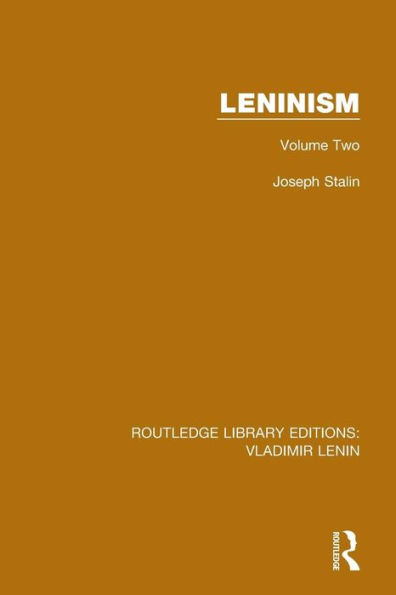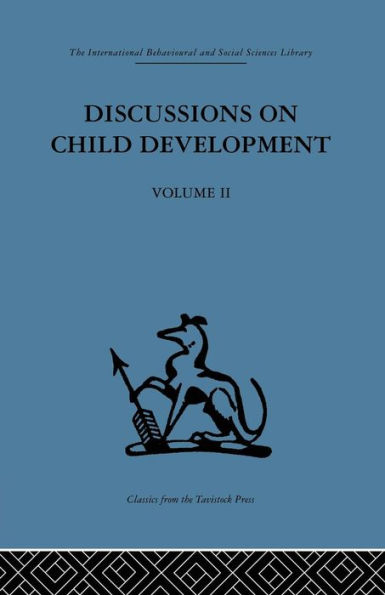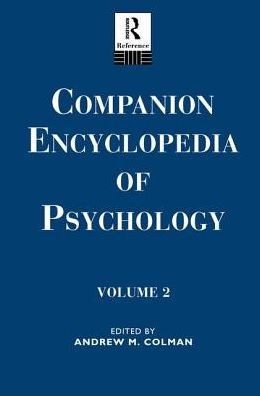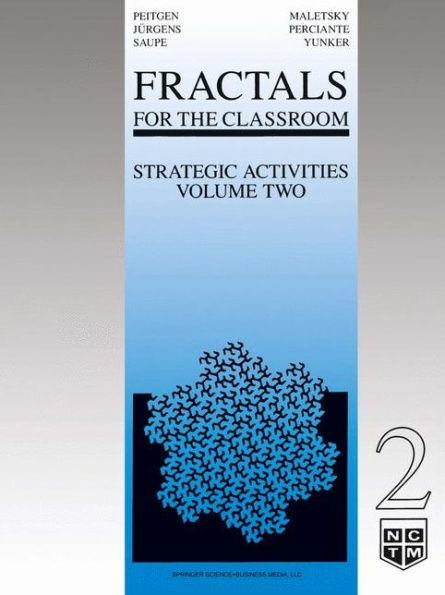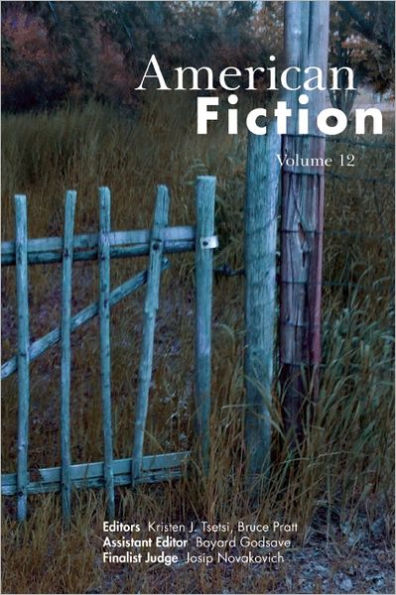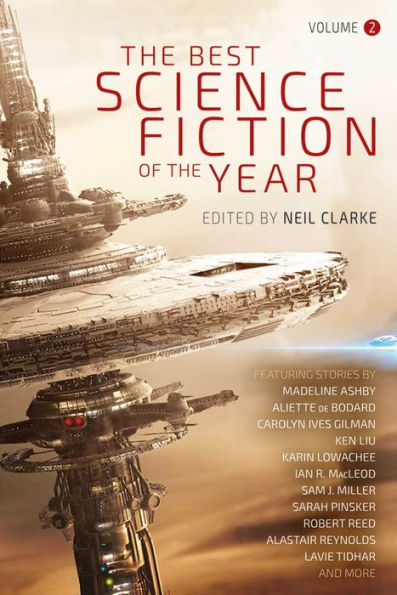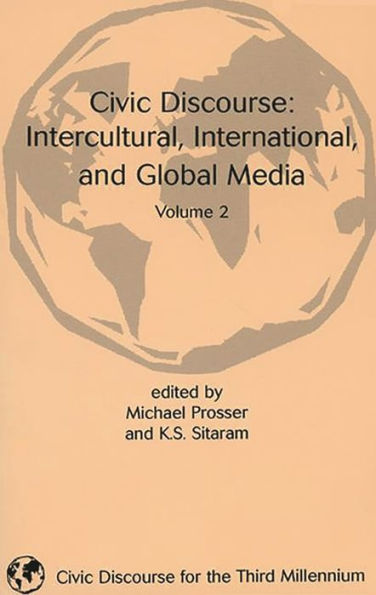Home
Chartist Fiction: Volume Two / Edition 1
Loading Inventory...
Barnes and Noble
Chartist Fiction: Volume Two / Edition 1
Current price: $120.00
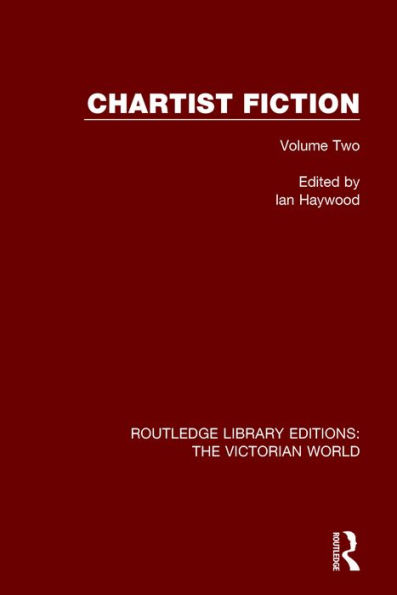

Barnes and Noble
Chartist Fiction: Volume Two / Edition 1
Current price: $120.00
Loading Inventory...
Size: OS
*Product Information may vary - to confirm product availability, pricing, and additional information please contact Barnes and Noble
First published in 2001. When the Chartist leader Ernest Jones emerged from prison in 1850, he was determined to capture the public’s attention with a controversial and topical novel. The result of his endeavours was the remarkable
Woman’s Wrongs
, a series of five tales exploring women’s oppression at every level of society from the working class to the aristocracy. Each story presents a graphic, often harrowing account of the social, economic and emotional victimization of women, and taken together the tales comprise a devastating indictment of Victorian patriarchal attitudes and sexual inequalities.
In his substantial Introduction, Ian Haywood places the novel in the context of Jones’s career as a Chartist author and editor, and in the wider context of the ‘woman question’. Some of the topics covered by the Introduction include: the radical press and popular enlightenment, Jones’s rivalry with George W. M. Reynolds, and the needlewoman as radical icon. This title will be of interest to students of history.
Woman’s Wrongs
, a series of five tales exploring women’s oppression at every level of society from the working class to the aristocracy. Each story presents a graphic, often harrowing account of the social, economic and emotional victimization of women, and taken together the tales comprise a devastating indictment of Victorian patriarchal attitudes and sexual inequalities.
In his substantial Introduction, Ian Haywood places the novel in the context of Jones’s career as a Chartist author and editor, and in the wider context of the ‘woman question’. Some of the topics covered by the Introduction include: the radical press and popular enlightenment, Jones’s rivalry with George W. M. Reynolds, and the needlewoman as radical icon. This title will be of interest to students of history.
